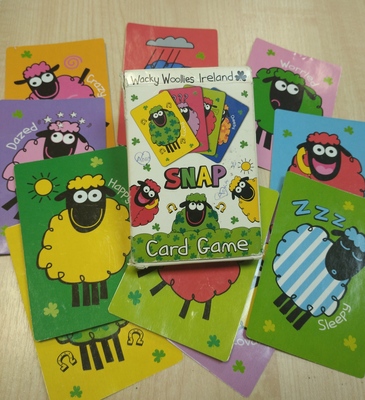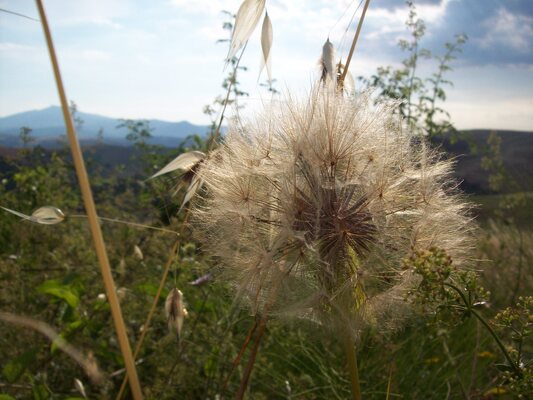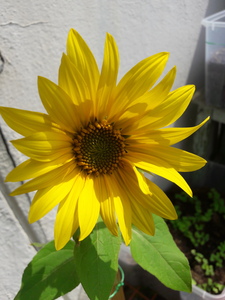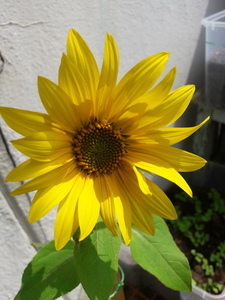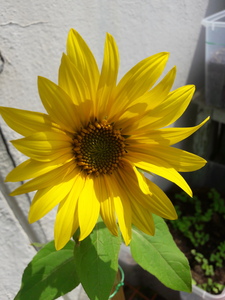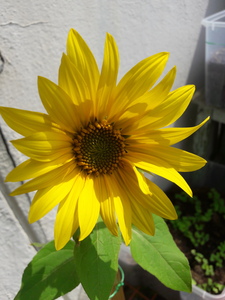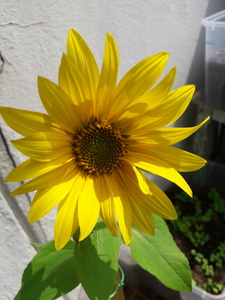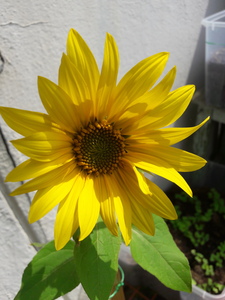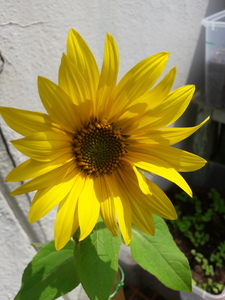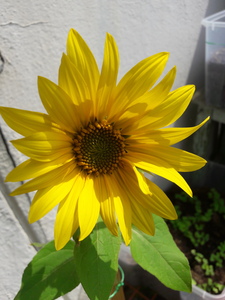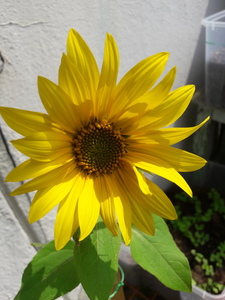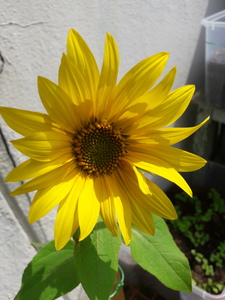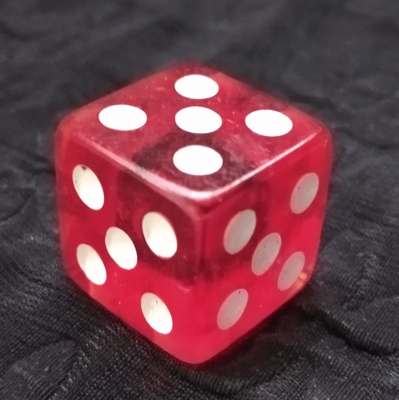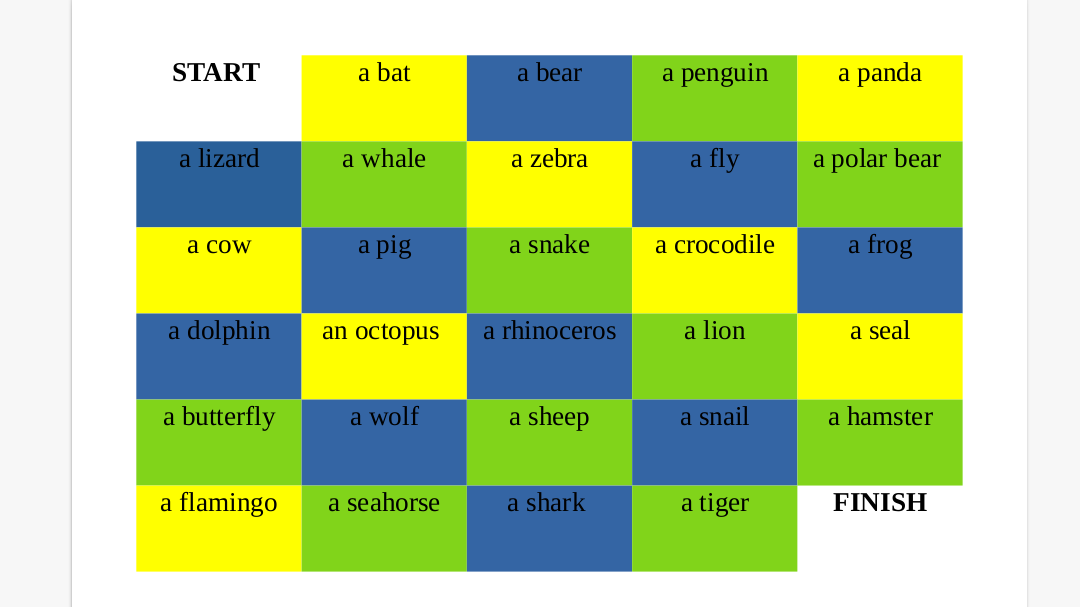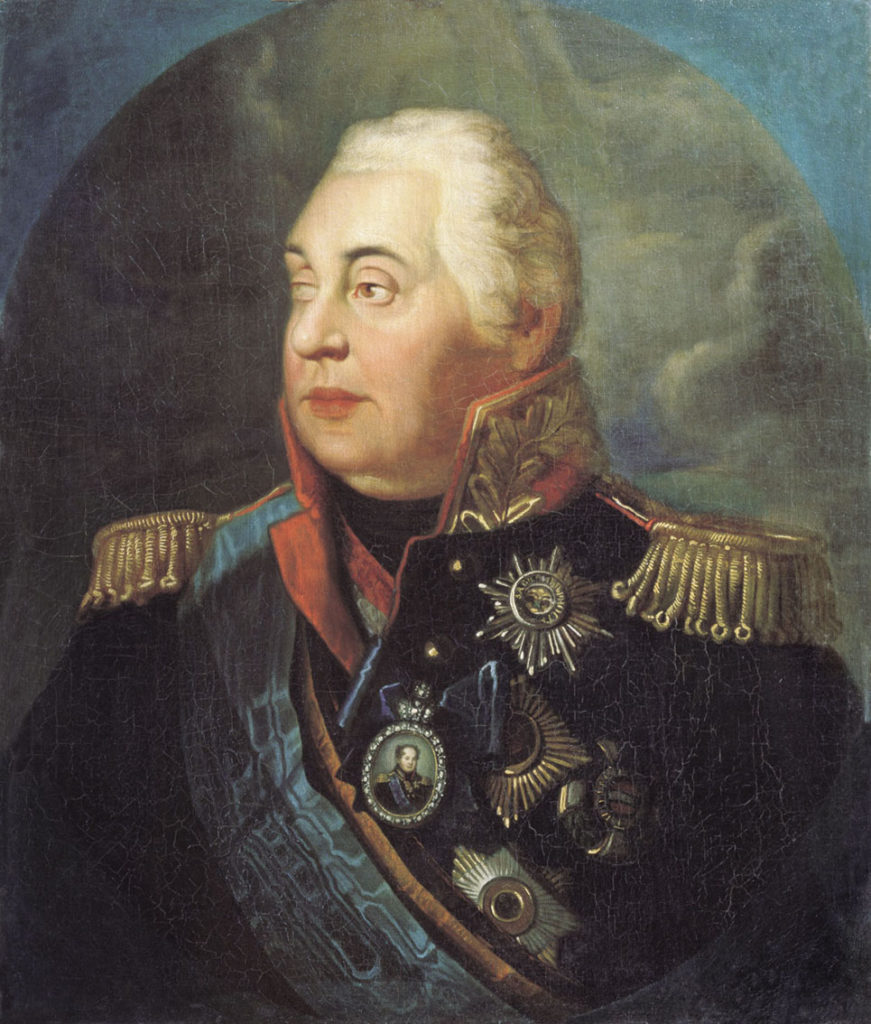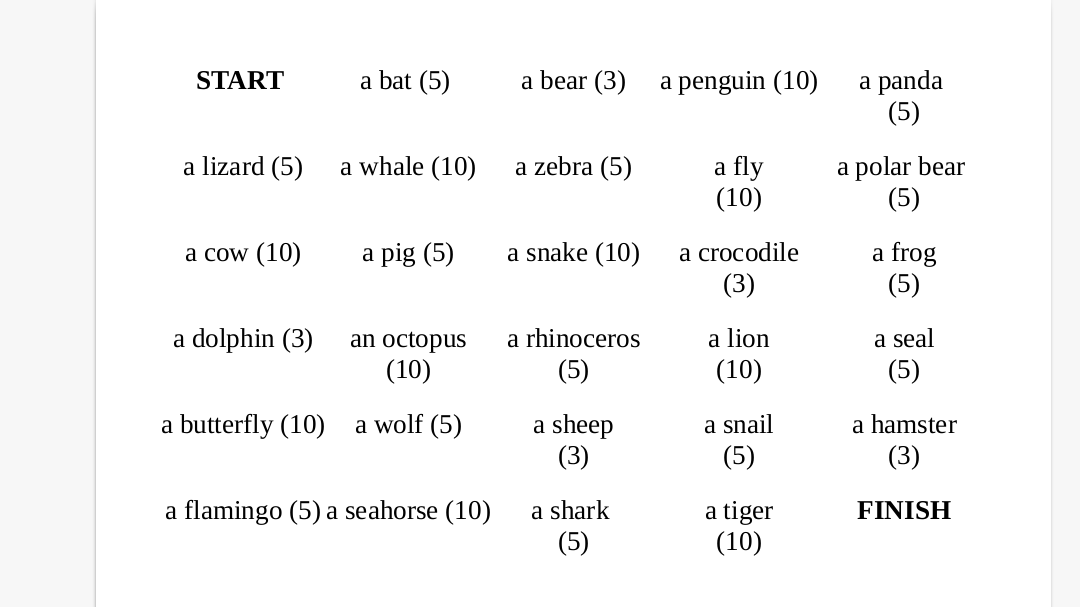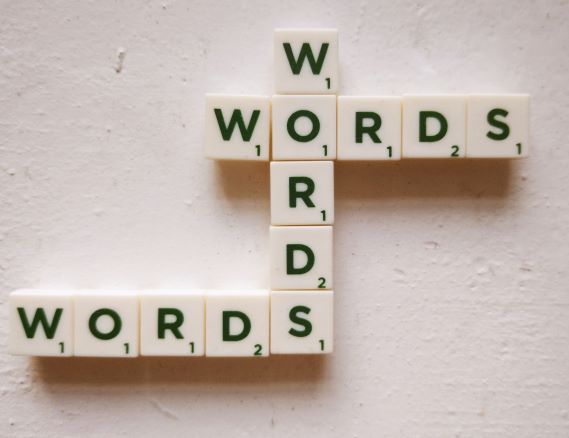Well, well, well, this is officially my post #100 on the blog and I am in the mood for celebrating. That might take the form of sharing some random numbers (8,280 visits and 5,563 visitors over a year and a half (and mind you, I have NO IDEA WHATSOEVER if it is ‘impressive’, ‘not so good at all’ or just ‘why even bring it up?!’) and pondering over the fact that these have been my 5 most popular posts:
a) Colourful semantics in EFL?
b) The Invisible Student and why you might want to have one
c) The first VYL lesson Survival Kit
d) A to Z of homework for very young learners
e) All you need is a picture
Which means that there is some interest in teaching pre-schoolers, using visuals in class and that Pasha, the invisible student, has become a bit more real, overall.
Apart from that, however, I would also like to take this opportunity to share with you my top 10 wordwall activities that I use with my primary and pre-primary students.
Disclaimer: Wordwall is amazing, no doubt about that, but it is still only a resource, a material. Its main aim is to provide opportunities for the students to produce the language. For that reason, in all of the games (for the lack of a better word) described below there will be always a differentiation between the material (the actual tool created with wordwall formats) and the activity (how we use it in class).
Here we go (in no particular order):
Materials: Random cards, for example ‘Are you scared of…?‘
Activity: Kids take turns to ask everyone the key question using the cue on the card. All the students in the group answer. The same pattern can be used with any question ie Do you like…? Can you…? Have you got…?
Works well with: primary (they can attempt working in pairs and taking turns to ask a question to their partner only) and pre-primary, individual and groups
Materials: Open the box, for example Tell me about this picture (seasons #2)
Activity: Kids play in teams, ask for the box to be open, produce a sentence (or sentences about the picture), win the number of points. The game about seasons is a very simple one, for preschoolers, the one such as this one here, about animals, can generate a lot more language, also with preschoolers and, of course, a lot more with primary.
Works well with: primary and pre-primary (with pre-primary we play T vs the whole class), groups and individial (we play T vs the student).
Materials: Flashcards, double-sided, for example Secret animals. What’s this?
Activity: Kids play in teams, team A asks the question ‘What’s this?’, team B tries to answer. Afterwards the teacher flips the card to check. Depending on the vocabulary kids then say whether they like it or not or try to describe, too.
Works well with: pre-primary, individual and groups, it might be a bit under-challenging for the primary students
- Which one is correct? Spelling
Materials: Flashcards, double-sided, with visuals and correct and incorrect spelling of the word Places in the city or a quiz with a similar idea, for example this one Superminds 5, Read and choose
Activities: Kids read both versions and choose the correct one. With the flashcards the teacher is flipping the cards back and forth, I use it mostly with my 1-1s. With groups the quiz version works better and it can turn into a proper quiz, with the kids writing the answers down.
Works well with: primary, individual and groups
- Advanced riddles aka Turn your back
Materials: Random cards, for example Transport Revision.
Activities: Kids work in pairs, one student in each pair has to sit with their back to the TV/ interactive whiteboard, the other is looking at the board. T keeps dealing the cards. The student looking at the screen has to describe the word for their partner to guess. After a certain number of rounds they change. The cards usually have the words on them, too, so it works well with mixed ability groups.
Works well with: primary and teens. I have only tried it with groups.
Materials: Match, for example Pete the Cat, Rocking in my school shoes or As quiet as a mouse
Activity: We use the cards or the matching activity to sing the song, slowly, with pauses, to practise and to revise before the actual video / track. The set such as the one for the ‘As quiet as a mouse’ can be used to start creating own versions of the song as kids have only the animals and they can (if they are ready) to come up with their own adjectives.
Works well with: primary and pre-primary, individual and groups.
- Story / video comprehension check
Materials: Match to accompany Peppa Pig ‘Fruit Day’ or a quiz to accompany Peppa Pig ‘George is ill’
Activities: We normally learn the vocabulary, get ready for watching the video and then watch it. The games described here are used to check comprehension. The quiz is read by the teacher and the kids answer ‘Yes’ and ‘No’ and correct the incorrect sentences (unless I use the same story with primary who can read it themselves). The matching activity is always accompanied by a structure. It can be a simple ‘Apples are for George’ or a more comples ‘George would like apples’.
Works well with: primary and pre-primary, individual or groups.
Materials: Match, for example I am going to the supermarket. I am going to buy bread or any other matching activity consisting of two components.
Activities: The game itself is usually set for homework. We check it together, whole class. Afterwards the kids are divided into pairs and they test each other, for example Student A says: I am going to the supermarket’, student B has to recreate the second half of the sentence. To help the kids a bit, I put up some key words (ie places and main verbs) on the board. The kids change after a few rounds.
Works well with: primary, individual or groups
Materials: Flashcards or random cards, with full questions or prompts.
Activities: Kids work in pairs and the kids interview each other, reading the questions or prompts of the computer / TV / interactive whiteboard. Afterwards they swap.
Works well with: primary and teens, individual and groups
Materials: Radom cards or flashcards for example ‘She’s / He’s wearing’
Activities: Kids look at the cards and listen to the teacher describing the pictures. If the sentence is correct, they say ‘Yes’, if there is a mistake, they reply with ‘No!’ and correct the mistake. Later on, there is a lot of potential for the kids to take turns to lead the game. The older students can work in pairs, too, while looking at the screen / the interactive whiteboard / the TV.
Works well with: primary and pre-primary, individual and groups.
If you are looking for inspiration or ready activity, you can find my profile (Azapart) there. I share all of my activities so there is plenty to choose from, especially if you work with Playway to English and Superminds.
Here you will also find Part 2 of this post and even more ideas for using Wordwall games in your YL classes.
Happy teaching!
P.S. A request!
It is very simple.
I would like to know a tiny little bit more about my readers. There are so many of you, popping in here, again and again, and the numbers of visitors and visits are going up and make my heart sweel with joy. But I realised I don’t know anything about my readers and I would love to know, a tiny little bit more.
Hence the survey.

